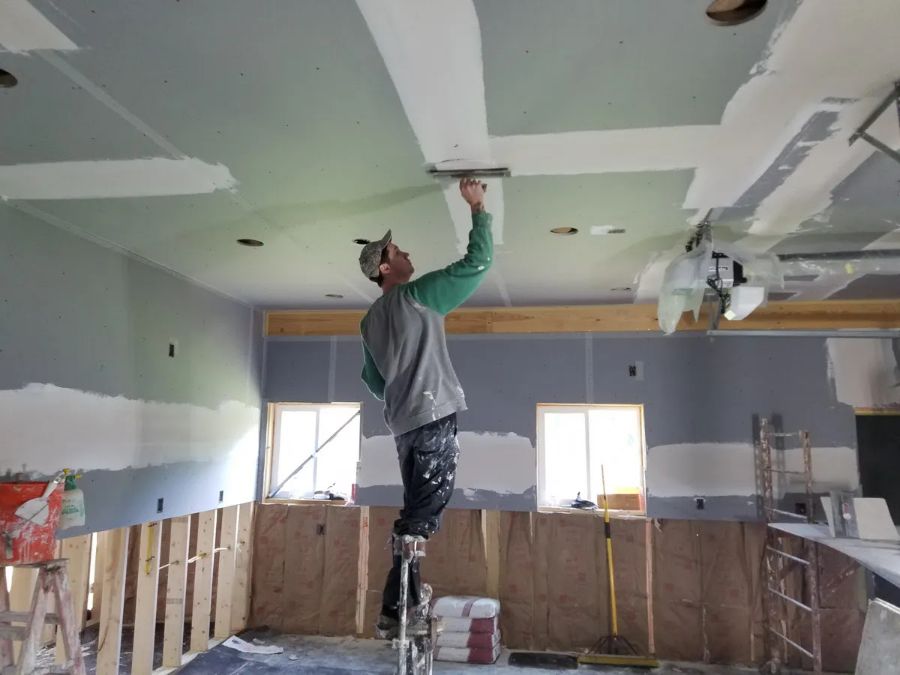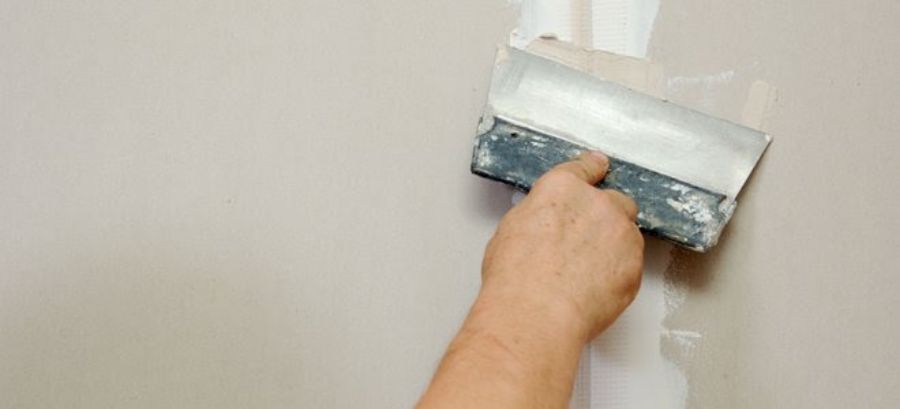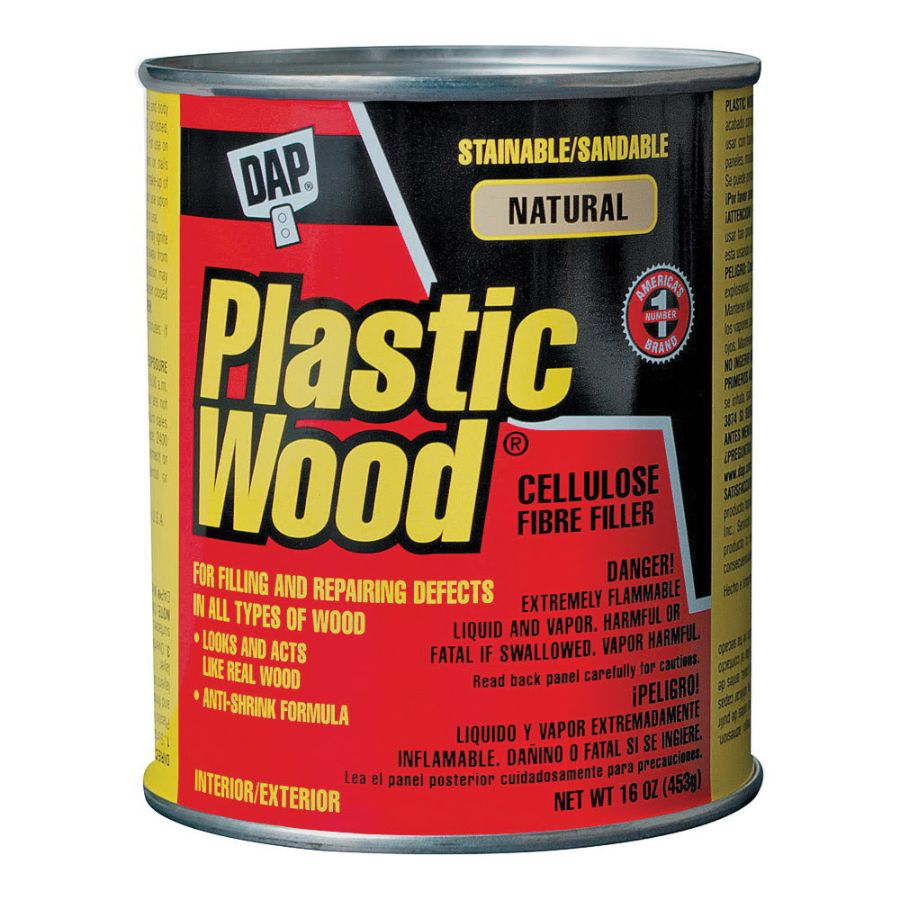If you’ve ever helped with home repairs or watched someone fix a wall, you might have heard the words “joint compound” and “plaster.” While they may seem similar – and some folks do use them interchangeably – they are actually quite different. Both are used for building and repairing walls, but they have different materials, uses, and ways they are applied. Understanding these differences can help you choose the right one for your next project.

What Is Joint Compound?
Joint compound is a white, paste-like substance that is used mainly to finish drywall. Drywall is a building material made of gypsum, which is used to make the inside walls of many homes and buildings. When drywall is put up, it comes in large panels that must be joined together. That’s where joint compound comes in.
Joint compound is used to cover the seams between the panels and to smooth out the surface. It helps make the wall look even and flat. It’s also used to cover up nail or screw holes and other small dents or cracks. Once it dries, it can be sanded to make it smooth, then painted over.
There are different types of joint compound. Some are “all-purpose,” which means they can be used for everything from taping seams to finishing the final coat. Others are “setting-type,” which dry faster and are better for large repairs. Joint compound usually comes in a bucket or a box as a ready-mixed paste, but some types need to be mixed with water before use.

What Is Plaster?
Plaster is an older building material that’s been used for thousands of years. It is also used to create smooth walls, but it’s different from joint compound in many ways. Traditional plaster is made by mixing dry powder (usually made of lime or gypsum) with water. Once mixed, it becomes a thick paste that hardens quickly.
Plaster is often used on walls and ceilings to create a hard, smooth surface. It can be used in layers to create strong, decorative finishes. It was used a lot in older homes before drywall became popular. Today, it is still used for special jobs or in historic buildings that need to be restored to their original condition as well as serving as the predominant wall and ceiling finishing material for new ceilings and walls in the Northeast part of the United States.
Plaster is much harder and more durable than joint compound. It doesn’t sand easily, but it creates a very strong and solid finish. It can also be shaped or carved while it’s wet, which makes it useful for making decorative moldings and designs as well as textured ceilings.

How Are They Different?
Even though both joint compound and plaster are used to make walls smooth, they are very different in a few important ways:
1. Material – Joint compound is mostly made of gypsum and comes in a soft, ready-to-use paste. Plaster is made of lime or gypsum and is mixed with water before use.
2. Use – Joint compound is mostly used for drywall finishing. Plaster is used for older walls, ceilings, and for artistic work. When used in new construction, plaster is applied to ‘Blueboard’.
3. Drying and Hardness – Plaster dries much faster and becomes very hard. Joint compound dries slower and stays softer, making it easier to sand and shape.
4. Ease of Use – Joint compound is easier for beginners to use. It spreads easily, dries slowly, and is simple to sand. Plaster takes much more skill because it dries quickly and is harder to fix if you make a mistake.
5. Look and Feel – Joint compound gives a smooth, flat surface good for painting. Plaster gives a very solid feel and can also be used to make fancy textures or designs.

Which One Should You Use?
If you are fixing up a wall, joint compound is probably the better choice. It’s easy to use and can be utilized to patch holes, smooth seams, and get a clean finish.
If you want to make a hard, decorative surface, or are replacing an entire wall or ceiling, then plaster might be the way to go. Just know that it takes more skill and practice to use it well.
Both materials have their place.
Joint compound is great for everyday wall fixes, while plaster works best when you want something strong and more durable, particularly with larger, new surfaces. Knowing the difference makes it easier to pick the right one and get the job done correctly.
Follow Us on Social Media!





